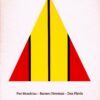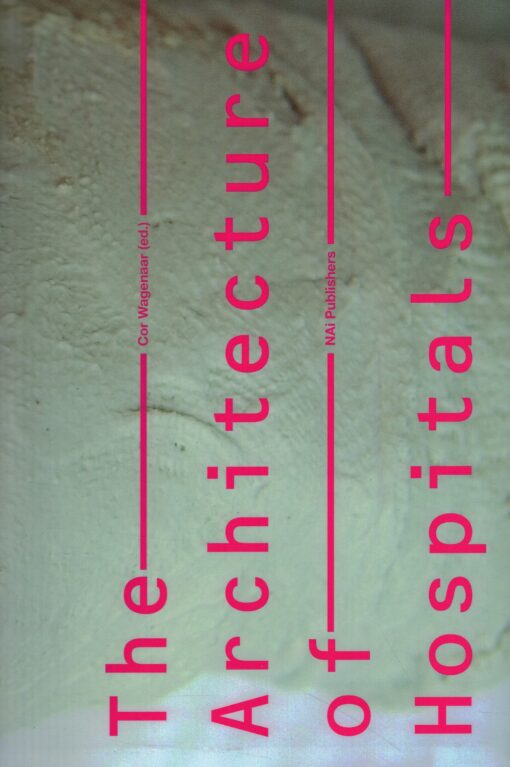Terug/Home/Webwinkel ramsj.nl /Kunst/Architectuur/The Architecture of Hospitals
Cor Wagenaar
The Architecture of Hospitals
€ 49,50 Oorspronkelijke prijs was: € 49,50.€ 15,00Huidige prijs is: € 15,00.
Architecture affects people. The architecture of hospitals contributes to the well-being and recovery of patients. This bold proposition dates back to the late 18th century, and has been a recurring theme in the functional development of hospital architecture ever since. The most recent manifestation of this was the phenomenon of ‘Evidence-Based Design’, which originated in the USA. This methodology compares the effects of various spatial factors and provided indisputable evidence that architecture does indeed work for the first time. The positive influence of architecture is one of the two cornerstones of ‘The Architecture of Hospitals’. The other is architecture as an historical discipline with a wide-ranging cultural dimension. The hospital, being a public and representative building with a special societal function, is the ideal vehicle to express this cultural dimension.
Gerelateerde producten
kunst
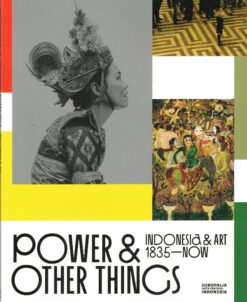
Power & Other Things
The project takes its name from the demand for the transfer of power and other things to the newly independent Indonesia in 1945. It travels through time, from European colonial occupation through the development of the republican state to the trans-national contemporary cultures of today. It looks at the various international exchanges that happened in the territories of contemporary Indonesia, through the images and ideas of artists. These exchanges were of different kinds: trade, culture, religion, ideology and war. They produced a variety of results: violence, oppression, racism, creativity, spiritual awakening, and other things. The ideologies and challenges of modernity are common ways in which Indonesia has been depicted by others and has defined itself over the period. As this modern period recedes into history, the project will seek ways to remember how it has influenced contemporary understanding and ask the current generation of artists to look back in order to rewrite the past and potentially create the conditions for a different future. The catalogue and the exhibition will follow a broad chronological narrative, allowing readers and visitors to learn more about how this huge archipelago has changed over the past two centuries and to observe how it has responded and adapted to influences originating from both inside and outside the islands. The influence of the imperial Dutch and Japanese occupations naturally form a significant element in the narrative of the exhibition as does the constant struggle for different forms of independence or equal treatment by the Javanese and other Indonesian cultures. The importance of Chinese and Arab influence on Indonesia's cultural history will also feature as the exhibition tries to look for alternative ways, alongside the post-colonial, for understanding the present. The presentations will include work made during the residencies as well as new commissions. Snoeckpap - 127 blz
kunst
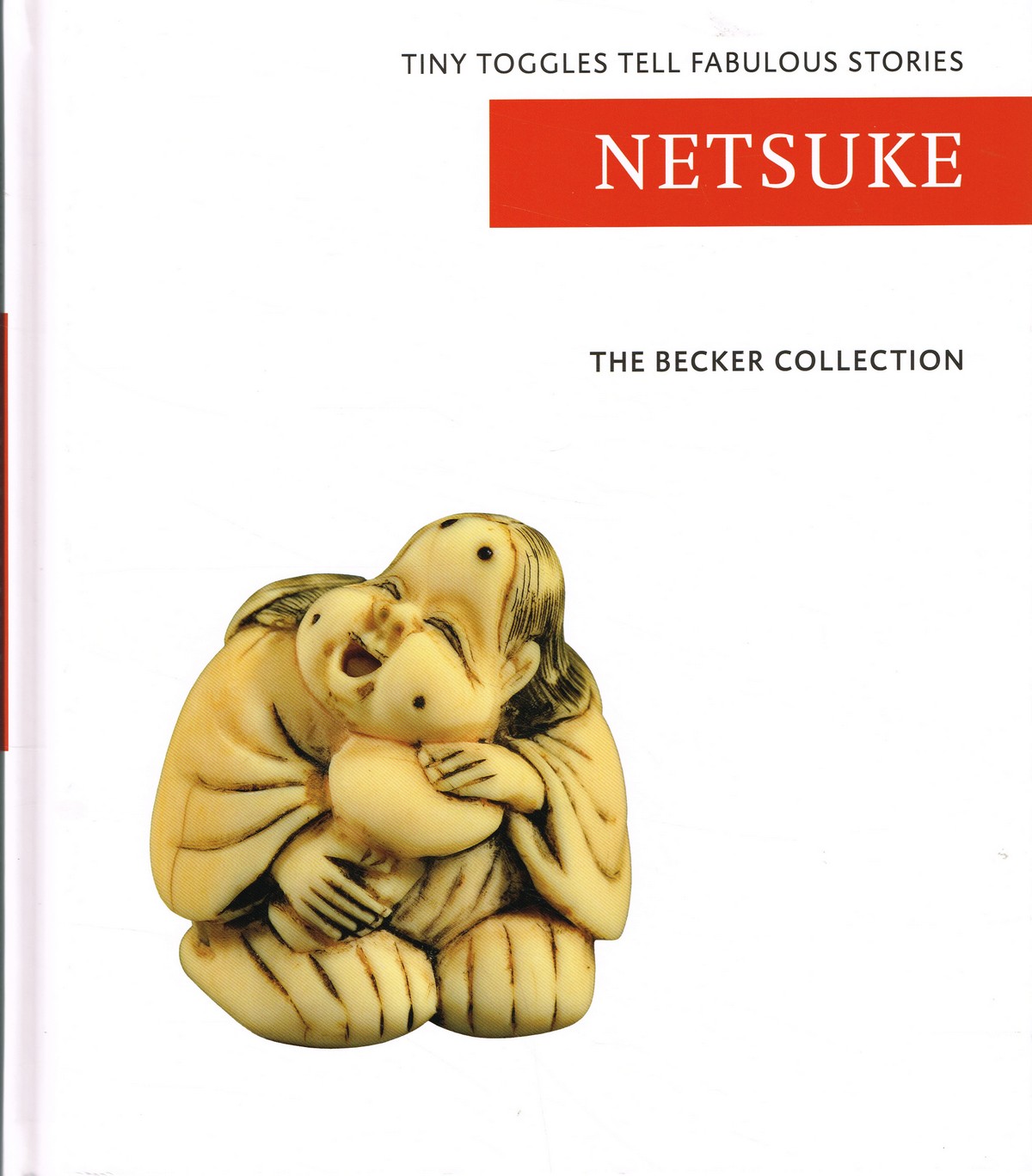
Ton & Mies Becker
Netsuke.
This 'Netsuke, tiny toggles tell fabulous stories' from the 'The Becker Collection' contains the private collection of 216 netsuke and okimono netsuke-style, acquired over a period of approximately 50 years. The collection reflects the personal taste of the Beckers. The world of netsuke is fascinating, not only because of the excellent craftmanship and artistry, but also because of the fascinating stories that underly the choice of subjects by the carvers. The latter has been the main motive to collect these tiny toggles with their fabulous background stories. The Beckers have chosen to organize the catalogue based on the historical evolution of netsuke a part of the sagemono, in a society with a gradual uprise of welfare causing levelling of the ruling hierarchy. Hence, we recognize an early period, up to the late 18th century, a transitional period, late 18th / early 19th century, a middle period, 19th century up till the Meiji era, and a late period, Meiji and beyond, including contemporary netsuke and okimono netsuke-style. Each object has been photographed extensively together with signatures when present. A brief description of each object is provided, together with relevant background information about the subject matter. An essay 'Netsuke in historical perspective' accompanies the catalogue. Van Spijkgeb - 240 blz
kunst
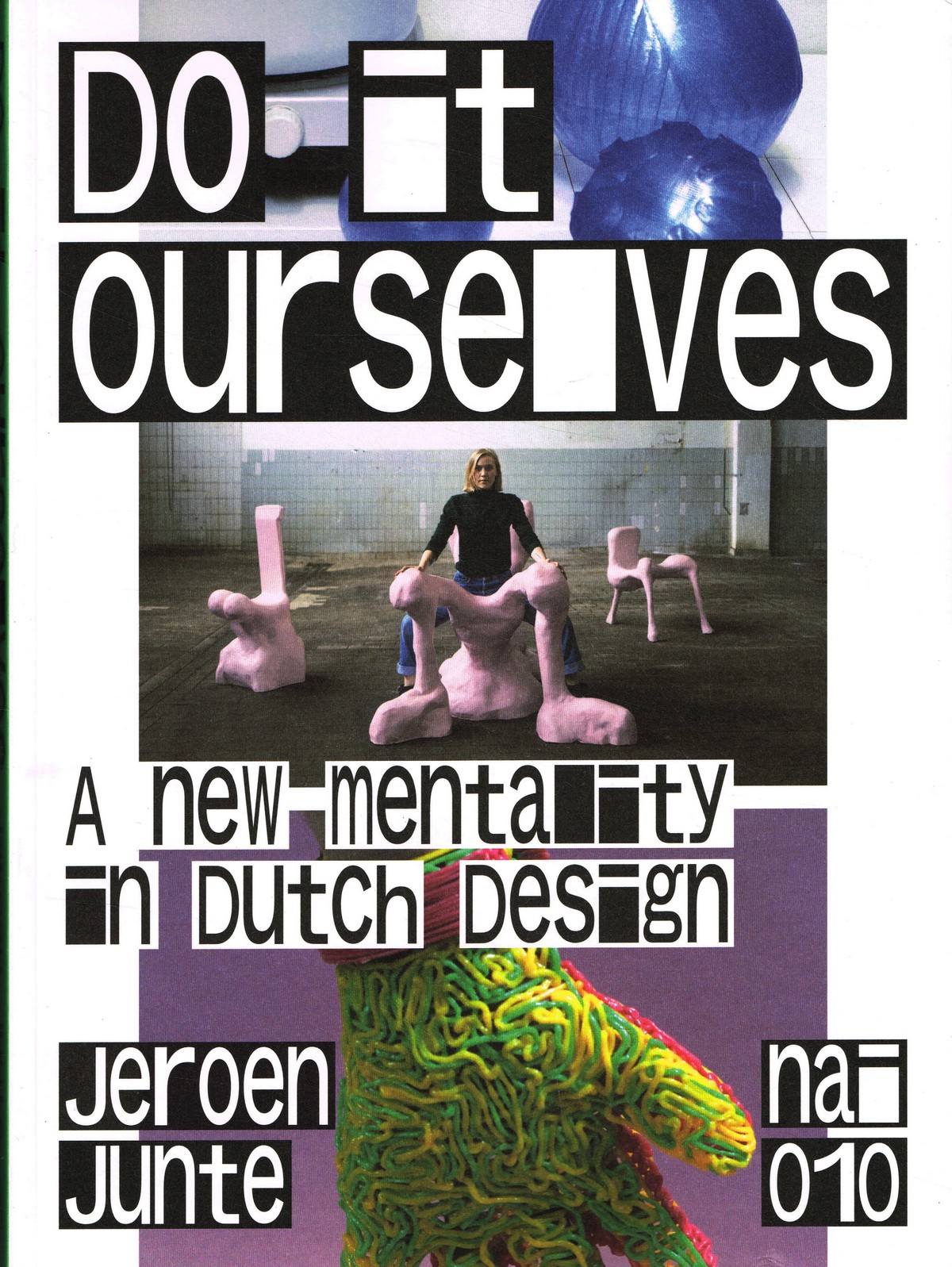
Jeroen Junte
Do It Ourselves
For English see below Nederlandse ontwerpers hebben de afgelopen jaren een scherpe koerswijziging doorgemaakt. De nieuwe lichting ontwerpers kiest nieuwe waarden en uitgangspunten en streeft door onderzoek en samenwerking naar maatschappelijke relevantie en impact. Deze 'post-crisisgeneratie' is bevlogen, optimistisch, maar ook pragmatisch met oog voor schoonheid. Humor en het concept als bijna obligate instrumenten zijn verruild voor engagement en vrij onderzoek. Ironie en beschouwende kritiek hebben plaatsgemaakt voor onbevangenheid en dadendrang. Ambacht en lokale productie worden onderzocht als een realistisch alternatief voor vastgelopen systemen. Naast kunst en design worden ook wetenschap, technologie, sociale studies en politiek gezien als speelvelden voor ontwerpers. Kortom, de nieuwste generatie ontwerpers zoekt naar een inhoudelijke verdieping van het vak en streeft naar een positieve bijdrage aan maatschappelijke vraagstukken. Designjournalist en?criticus Jeroen Junte beschrijft voor het eerst deze nieuwe fase in de ontwikkeling van het alom geprezen Dutch Design en voert de lezer langs 199 verrassende, innovatieve en verbazingwekkende projecten en producten. - English - In recent years, Dutch Design has sharply diverged from its previous course. A generation of designers trained in and shaped by the crisis years chose new values and starting points. The focus is now on inquisitive and collaborative makers who strive for social relevance and, if possible, impact. This 'post-crisis generation' is committed and optimistic, but also pragmatic and in possession of an eye for beauty. Humour and the almost inescapable concept have been exchanged for engagement and free research and irony and contemplative criticism for open-mindedness and the will to act. Craftsmanship and local production are examined as realistic alternatives to deadlocked systems of production and distribution. In addition to art and design, science, technology, social studies and politics are also seen as design arenas. In short, the latest generation of designers is looking to substantiate the content of the profession and make positive contributions to social issues. Well-known design writer Jeroen Junte is the first to describe this new stage in the development of the widely acclaimed Dutch Design, by way of 199 surprising, innovative, astonishing projects and products. Engelstalig boek nai010pap - 275 blz
kunst
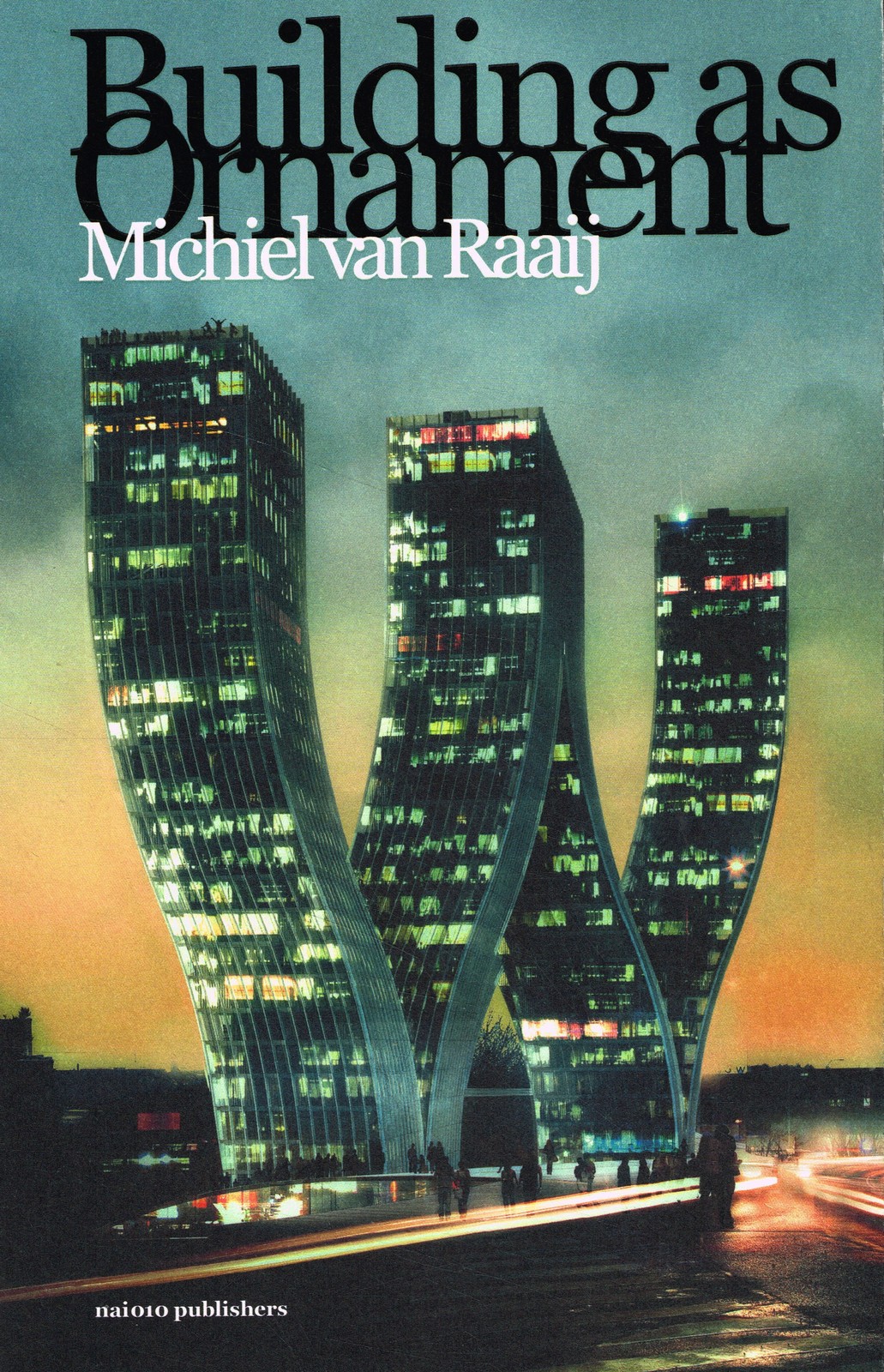
Michiel van Raaij
Building as ornament
For English see below- Het ornament in de architectuur is terug, maar nu op de schaal van het gebouw als geheel. Een letter uit het alfabet, een stapel kiezels of een nationaal embleem - de diversiteit aan vormen die de nieuwe architectuur kan aannemen lijkt onbegrensd. In 'Building as Ornament' onderzoekt Michiel van Raaij door middel van tien interviews hoe deze nieuwe architectuur eind jaren negentig ontstond en hoe ze zich aan het begin van de eenentwintigste eeuw verder ontwikkelde. Een nieuwe generatie architecten ziet het ontwerp van het opgeschaalde ornament als onlosmakelijk onderdeel van hun praktijk. Wat zijn hun drijfveren? Hoe plaatsen zij hun ideeën in de traditie van hun eeuwenoude vak? Michiel van Raaij betoogt dat het ontwerp van het ornament, de iconografie van het gebouw, aan regels is gebonden. Een succesvol ornament vertegenwoordigt een deugd en verduidelijkt de functie, status, constructie, organisatie en de context van het gebouw.- The ornament in the architecture is back, but now on the scale of the building as a whole. A letter from the alphabet, a pile of pebbles or a national emblem - the diversity of forms that the new architecture can take seems limitless. In 'Building as Ornament', Michiel van Raaij uses ten interviews to investigate how this new architecture emerged in the late 1990s and how it developed further at the beginning of the twenty-first century. A new generation of architects sees the design of the scaled-up ornament as an inseparable part of their practice. What are their motivations? How do they place their ideas in the tradition of their age-old profession? Michiel van Raaij argues that the design of the ornament, the iconography of the building, is bound by rules. A successful ornament represents a virtue and clarifies the function, status, construction, organization, and context of the building. Engelstalig boek nai010pap - 241 blz

